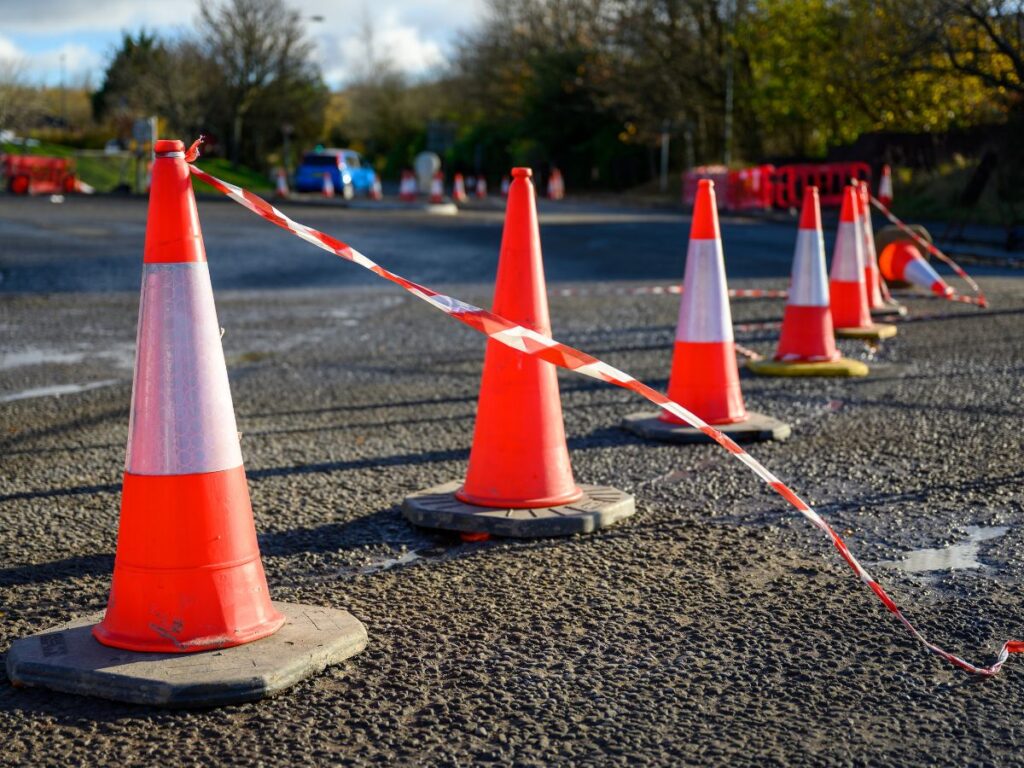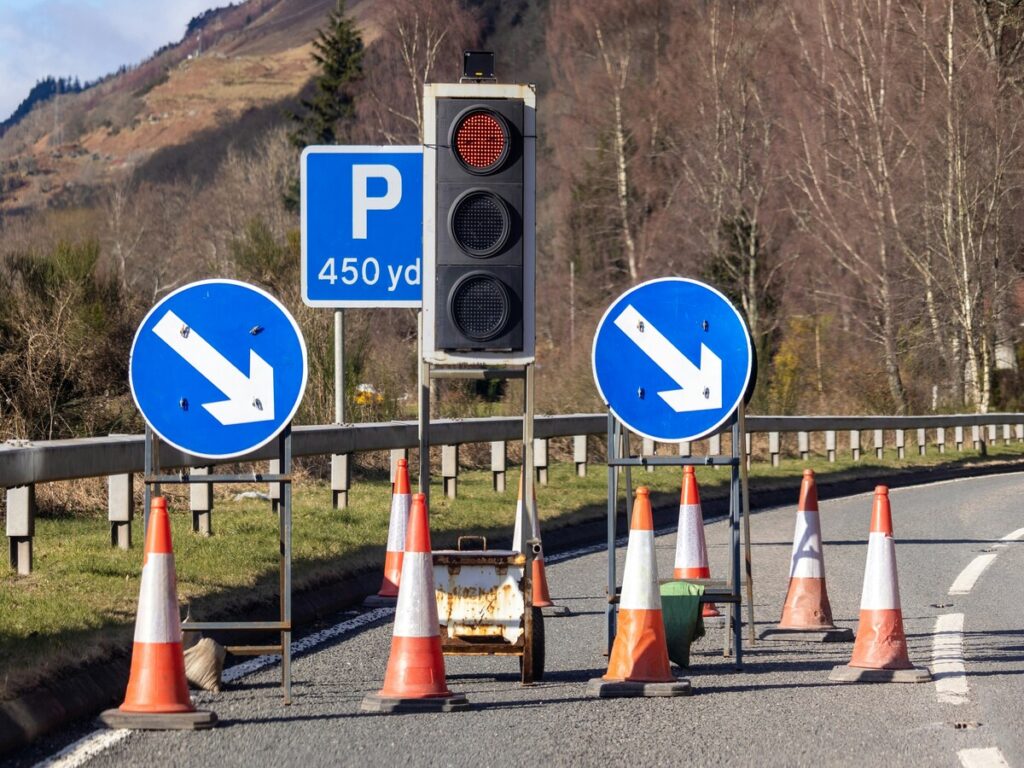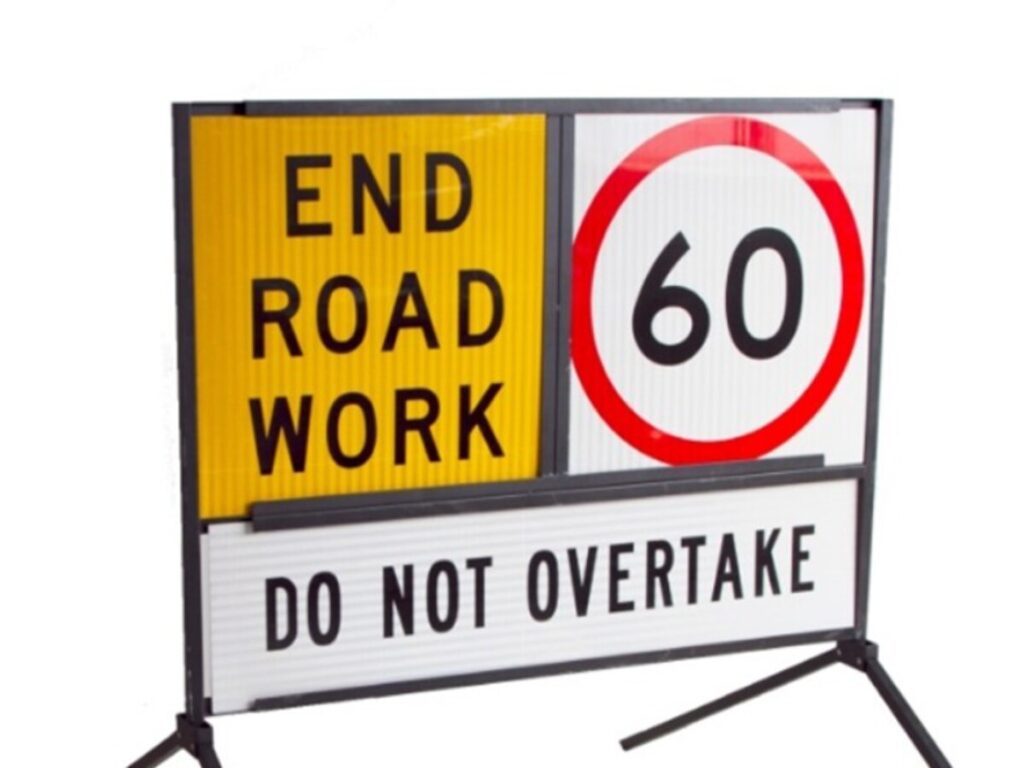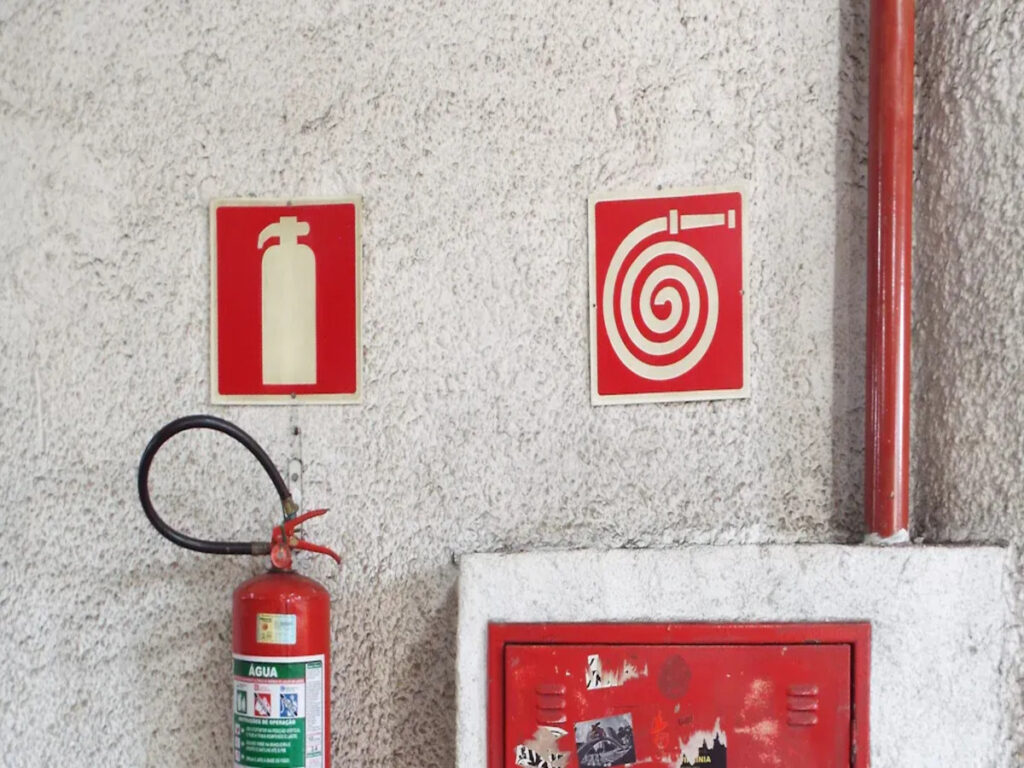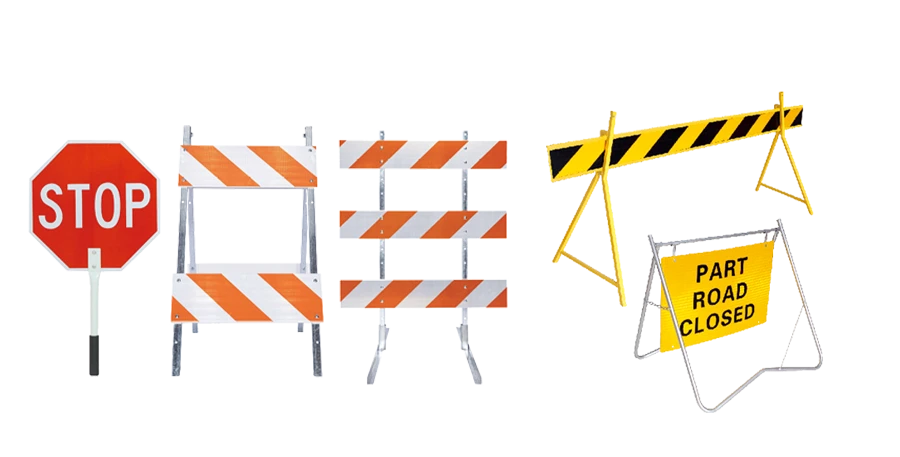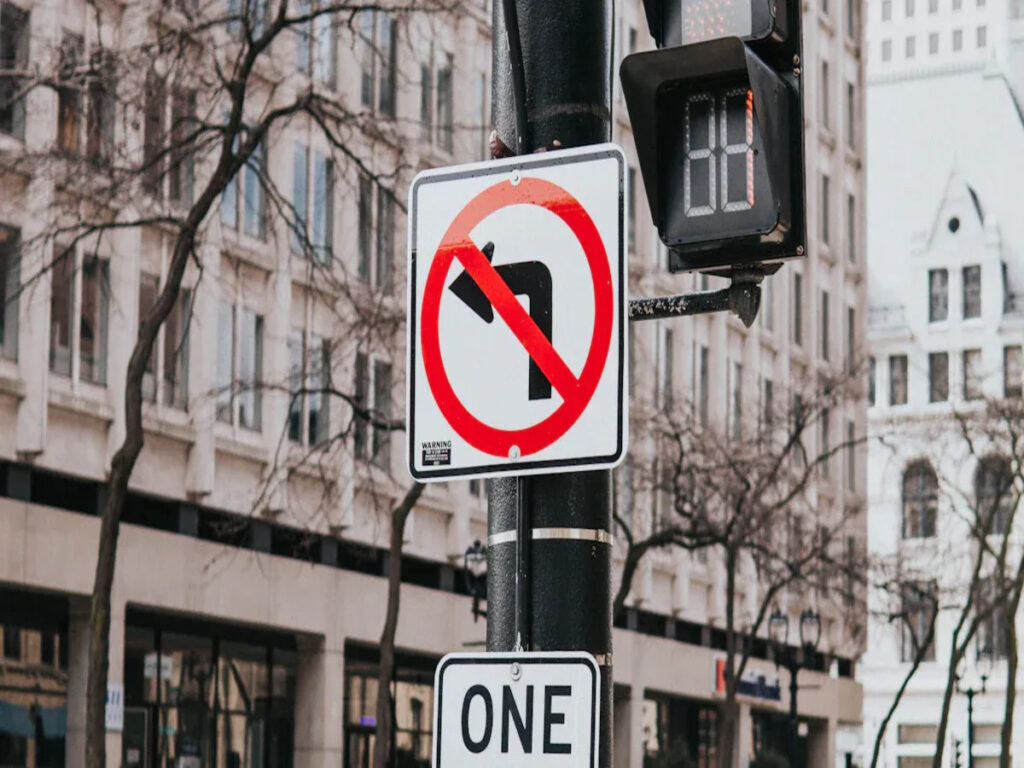
都市には道路の安全を守るために強力な交通標識フレームが必要です. 素材と取り付け方法が寿命に影響します. 悪天候や街中での着用にも対応できる優れたサインフレーム, しかし、悪いものは壊れやすく、安全上の問題を引き起こします.
New technology has changed how traffic signs are used. Devices can now watch traffic in real time, helping reduce jams and making roads safer. 例えば, smart signals using YOLOv11 tech change with traffic flow. This improves traffic and cuts down wait times. These tools make streets safer for walkers and drivers.
To explore how to select the right sign frames for different situations, 見る すべてのアプリケーションシナリオのロードサインフレームの選択.
キーテイクアウト
- Pick strong materials like stainless steel or composites for sign frames. These materials don’t rust or break easily, それらを長持ちさせます.
- Put traffic signs at the right height, について 7 feet in cities. This height helps drivers and walkers see them better.
- Check and fix traffic sign frames often. Look at them every six months to find problems early and keep them working.
- Use smart tools like adaptive traffic signals to control traffic. These tools can cut down traffic jams and make roads safer.
- Get the community to help take care of traffic signs. Involving people stops vandalism and teaches respect for public spaces.
Picking the Right Materials for Traffic Sign Frames
Choosing good materials for traffic sign frames is very important. The right materials make them last longer, 安全を確保してください, and work well in cities. They need to handle tough weather, avoid damage, and support smart traffic systems. 下に, we look at common materials, their uses, and why coatings matter.
一般的な材料: 鋼鉄, アルミニウム, および複合材料
Traffic sign frames use materials that are strong, ライト, and affordable. Each type has its own pros and cons. 簡単な比較です:
| 材料タイプ | 利点 | 短所 |
|---|---|---|
| Die-Cast Aluminum | Great in bad weather, 長く続きます, 防水. | Expensive molds, needs lightning protection, 重い. |
| ステンレス鋼 | とても強い, 錆びない, プロフェッショナルに見えます. | n/a |
| Composite Materials | ライト, 強い, 防水, UV耐性. | n/a |
Die-cast aluminum works well in places with rough weather. It is waterproof and tough. Stainless steel is super strong and looks shiny, 忙しい場所に最適. Composite materials are light and UV-proof, perfect for areas needing frequent updates.
To dive deeper into selecting the ideal substrate for your application, チェックアウト ロードサインフレームに適した素材を選択します.
Rust Resistance and Weather Challenges
Cities expose sign frames to things like rain, 汚染, and heat changes. Coastal cities have salty air, which causes rust faster. フレームを持続させるには, pick materials that resist rust.
沿岸地域の場合, stainless steel with anti-rust coatings is best. Inland cities can use die-cast aluminum, which handles weather well without extra coatings. Composite materials are also good everywhere since they don’t rust or fade in sunlight.
Anti-Graffiti and Easy Cleaning Coatings
City signs often get graffiti, ステッカー, or dirt. Anti-graffiti coatings keep signs clean and readable. Polyurethane and nano-self-cleaning coatings are popular choices. These make cleaning easy and cut maintenance costs.
Nano-self-cleaning coatings are great for busy areas. They keep dirt off, so signs stay clear even in dirty places. Using these coatings helps traffic systems work better and keeps roads safer.
Installation Tips for Strong and Safe Traffic Signs

Installing traffic sign frames the right way keeps them safe and steady. Focus on preparing the site, setting the right height, and anchoring well. This makes signs last longer and easier to see.
Preparing the Site and Picking the Best Spot
Before putting up a traffic sign, エリアを注意深くチェックしてください. This helps the sign work well where it’s placed. Keep these tips in mind:
- Pick a spot without trees or buildings blocking the sign.
- Make sure the ground is firm to stop tilting or sinking.
- Think about where people walk and cars drive to avoid blind spots.
Cities can have tricky layouts. Signs near crosswalks or intersections need extra care. Good planning keeps signs in the right place and easy to see for everyone.
Setting the Right Height for Clear Visibility
How high a sign is matters for people to see it. 都市で, 少なくとも標識は必要です 7 フィートの高さ. This keeps them clear of parked cars and people walking by. 田舎で, 5 feet is usually enough.
Think about how drivers and walkers see signs differently. Use models to find the best height and angle. This helps people notice signs quickly and stay safe.
Anchoring Signs for Strength and Stability
Different frames need different ways to stay in place. Overhead signs on cantilever frames need strong bases to handle wind and shaking. Pole-mounted signs in cities need secure anchors to stop them from falling.
For cantilever frames, use concrete bases to keep them steady. For pole-mounted signs, monopoles are easy to fix, but bipoles spread weight better. Pick the right anchor for your area’s needs.
これらの手順に従うことによって, traffic signs will stay strong, 見える, そして誰にとっても安全.
Enhancing Performance Through Maintenance and Upgrades
Traffic sign frames are key to keeping cities safe. To make them work well, check them often, protect them, and add new tech like smart systems. These steps help them last longer and manage traffic better.
Regular Inspection and Maintenance Schedules
Checking traffic sign frames regularly keeps them working well. Make a plan to check for damage, clean them, and fix problems early. This saves money and keeps signs useful.
- Visual Checks: 亀裂を探します, へこみ, またはゆるいボルト. Fix these to keep signs steady and accurate.
- Structural Assessments: Check if the frames are straight and anchored well. Crooked signs are hard to see and can confuse drivers.
- Cleaning Routines: 汚れをきれいに落とす, 落書き, and stickers. This helps people read signs easily and keeps systems accurate.
By sticking to a schedule, signs will stay strong and meet city needs.
Protecting Frames from Environmental and Physical Damage
City traffic sign frames face tough conditions. 天気, 汚染, and accidents can harm them. Protecting them helps them last longer and work better.
- 気象保護: Use materials that resist rust, 熱, そして日光. Stainless steel with anti-rust coatings is great for coastal areas.
- 耐衝撃性: Use strong frames to handle crashes or vandalism. Cantilever frames with concrete bases are good for busy spots.
- Pollution Control: Add anti-graffiti coatings to stop damage from paint or stickers. Nano-coatings make cleaning easier and keep signs clear.
These steps keep frames strong and useful, 過酷な条件でも.
Upgrading Frames for Smart Traffic Sign Recognition Systems
New traffic tools need better sign frames. Upgrading frames helps them work with smart systems and manage traffic faster.
- センサーの統合: Add sensors to detect and classify signs. This helps smart systems work better and manage traffic smoothly.
- Smart Cameras: Use cameras that spot and identify signs quickly. These work with smart systems to improve traffic flow.
- Data Connectivity: Upgrade frames to share data wirelessly. This helps traffic centers and smart cars get real-time updates.
Upgrades make traffic signs smarter and cities safer for everyone.
Using Detection and Recognition to Improve Traffic Flow
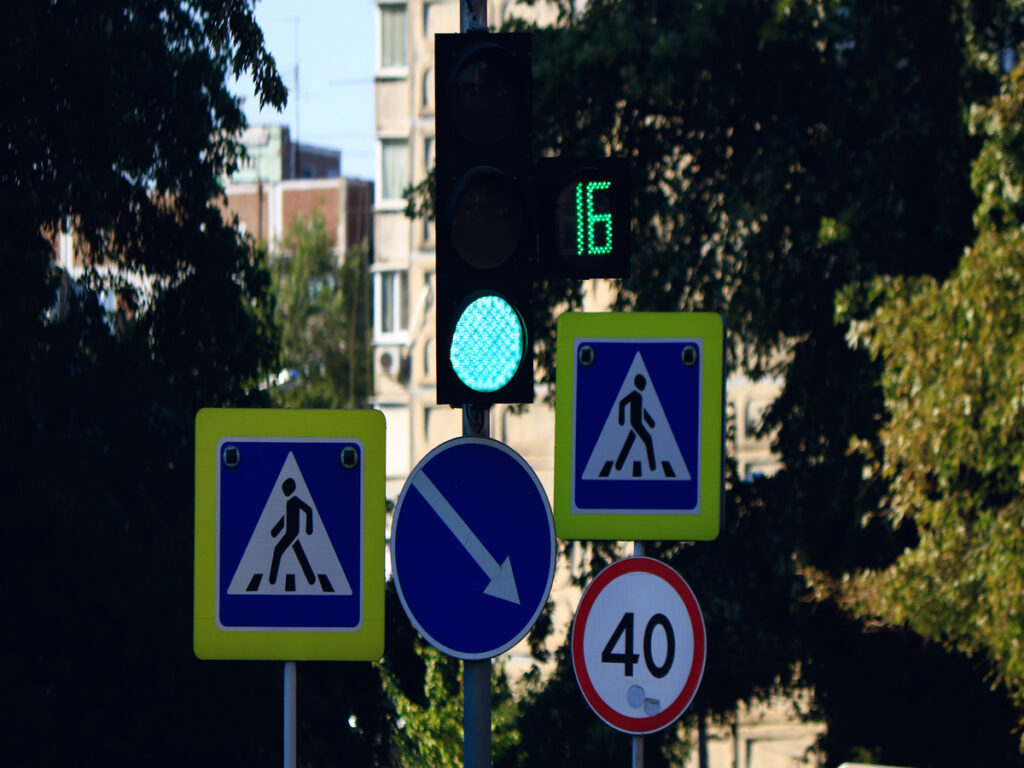
How Traffic Sign Detection Helps Keep Cities Safe
Traffic sign detection is important for making city roads safer. It spots signs correctly, helping drivers and walkers make better choices. These systems reduce confusion and help people follow traffic rules. 例えば, real-time tools can find stop signs or crosswalks and warn drivers to act quickly.
忙しい都市で, detection systems need to work well. Deep learning models study sign images to detect them accurately. This helps even in bad weather or low light, 標識を明確で便利に保つ. Self-driving cars also depend on these systems to drive safely and avoid crashes.
New Technology in Traffic Sign Recognition
Traffic sign recognition has improved with smart systems and deep learning. Modern tools use advanced methods to sort signs with great accuracy. They process sign images instantly, helping traffic move faster and smoother.
自動運転車 benefit a lot from these tools. They adjust to changing roads and perform better in real-life situations. Testing these systems in different places ensures they work well everywhere, from crowded streets to quiet highways. Using diverse training data makes these systems even smarter and more reliable.
Connecting Detection Systems to City Traffic Networks
Linking detection systems to city traffic networks changes how traffic is managed. These systems improve flow by changing signals based on real-time data. 例えば, smart systems can prioritize ambulances, cutting their travel time and boosting safety.
Cities like Copenhagen and Singapore show how well this works. Copenhagen uses smart lights to help bikers and walkers. Singapore reduces delays and pollution with advanced traffic tools. ロサンゼルスで, the I-10 Smart Corridor combines highways and streets to manage traffic better.
The table below shows key features of connected detection systems:
| 特徴 | 説明 |
|---|---|
| トラフィックフローの最適化 | Changes traffic lights to reduce jams. |
| Real-Time Traffic Information | Gives quick updates about traffic and delays. |
| Predictive Traffic Analytics | Predicts traffic problems to fix them early. |
| 緊急車両の先制 | Changes lights to let emergency vehicles pass faster. |
| Incident Management | Spots accidents quickly and adjusts traffic around them. |
| Integrated Public Transport | Helps buses and trains move faster, reducing car use. |
| 環境への影響削減 | Cuts emissions and saves fuel by managing traffic better. |
| 交通安全の向上 | Warns about dangers and protects walkers and bikers. |
| Data-Driven Decision Making | Uses data to improve traffic plans. |
| Multi-Modal Integration | Connects different transport types for easier travel. |
これらのシステムを使用します, cities can manage traffic better, 道路をより安全にする, and support greener living.
Addressing Common Challenges in Urban Traffic Sign Frames
Stopping Vandalism and Accidental Damage
Cities often deal with broken or vandalized traffic sign frames. These problems can be solved using smart design, チームワーク, and technology.
- Smart Design: Put signs in bright, open spots. This makes them easier to see and harder to damage.
- Community Help: Get locals involved in caring for public spaces. When people feel connected, they protect their surroundings.
- Tech Solutions: Use strong materials and cameras to stop vandalism. These tools also help catch those who cause damage.
- 公教育: Teach people why vandalism is harmful. This builds respect for public property.
- Laws and Rules: Enforce rules against vandalism while teaching better habits. A mix of strict and helpful actions works best.
Using these ideas keeps traffic signs safe and working well in busy cities.
Handling Crowded and Busy Areas
Busy streets need strong and flexible traffic sign frames. These frames should stay clear and work with modern systems.
| 重要なアイデア | What They Mean |
|---|---|
| Smart signals make traffic smoother and less crowded | Shows how signs can adapt to busy city areas |
| Big data helps manage traffic in real time | Suggests signs should share data for better city planning |
| Affordable ways to cut city pollution | Matches goals for cleaner, より緑の都市 |
Adding smart signals and data-sharing tools keeps signs useful during rush hours. These changes also help cities stay safe and eco-friendly.
Updating Frames for Changing City Needs
Cities grow and change fast, so traffic sign frames must adjust too. Updating frames helps them fit new tech and layouts.
- Adding Smart Tools: Upgrade frames to hold sensors and cameras. These tools make traffic safer and easier to manage.
- Switchable Parts: Use frames with parts you can swap out. This saves money and avoids replacing the whole frame.
- 環境に優しい素材: Pick materials that last long and can be recycled. This helps cities stay green and reduce waste.
Updating frames keeps them useful and ready for the future as cities evolve.
Picking the best materials, installing frames well, and keeping them in good shape help traffic signs last longer and work better. Strong materials like stainless steel and composites fight rust and damage, それらを都市に最適にします. Installing signs at the right height and anchoring them firmly makes them easier to see and keeps them steady.
New tech is changing how traffic is managed. これらには含まれます:
- Automated Number Plate Recognition (ANPR) to track cars and enforce rules.
- Adaptive Traffic Signals that change with traffic to stop jams.
- Real-Time Traffic Analytics to spot and avoid traffic problems.
Cities like Singapore and London have seen big changes. Singapore cut delays by 15%, and London lowered accidents by 30%.
| メトリック | 価値 |
|---|---|
| 夜の交通死 | 50% |
| 夜のクラッシュと. 日がクラッシュします | 3 より高い倍 |
By using smart ideas, cities can make roads safer, コストを削減します, トラフィックフローを改善します.
よくある質問
What materials work best for traffic signs near the coast?
Stainless steel with anti-rust coatings is great for coastal areas. It stops salt damage and lasts longer in tough weather. Composite materials are also good because they are light and don’t rust.
トラフィックサインフレームをチェックする頻度?
Check traffic sign frames every six months to find problems early. 亀裂を探します, ゆるいボルト, または錆. 定期的なチェックにより標識の安全性と機能性が維持されます.
What height is best for city traffic signs?
City traffic signs should be 7 フィートの高さ. This height makes them easy to see above cars and people. Drivers and walkers can spot them clearly.
How can traffic signs be protected from damage?
Use anti-graffiti coatings and put signs in bright places. Cameras near signs can stop vandalism. Teach people why traffic signs are important to reduce harm.
Can traffic sign frames hold smart tools?
はい, modern frames can use sensors, カメラ, and wireless tech. These upgrades help watch traffic in real time and improve city roads.

